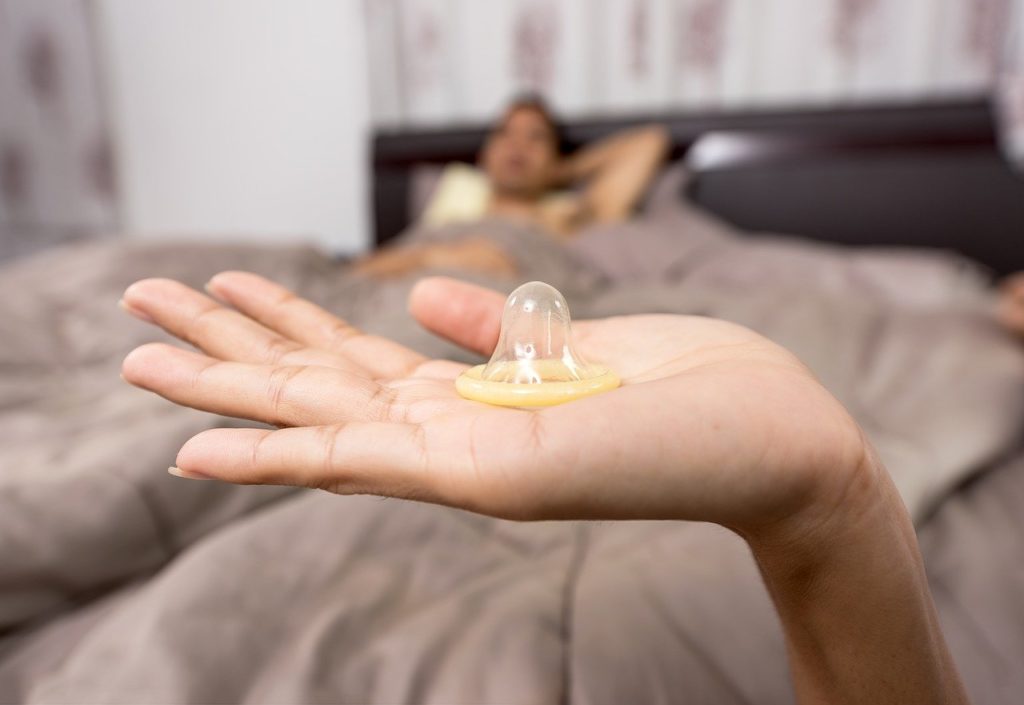Have you ever had a condom malfunction?
Researchers recently collected data regarding condom use from peer-reviewed articles published between1995 and 2011. The comprehensive data was revealing: Condoms can pose several problems for users.
The most common mistakes people make include not leaving enough space at the tip of the condom, not using the right size condom, putting the condom on inside out, using the wrong lubricant with the condom, and not correctly withdrawing the condom after use.
The truth is that even if you think condom use is straightforward, there are a few important instructions that everyone should be aware of. These include:
- Buy the right size. A condom that is too large or too small is not only uncomfortable, it’s very risky. The condom could fall off or break, raising your risk of sexually transmitted infections or diseases (STIs/STDs) or unwanted pregnancy.
- Leave a space at the tip. Many people forget this important step. After you put on the condom, you need to ensure that there is a space of about a half inch at the top of the condom. This will allow the semen to collect at the top of the condom instead of potentially coming out the sides.
- Check the expiration date. Yes, condoms do expire. Always check the date and make sure that you store them in a cool dry place.
- Don’t haphazardly rip open the package with your teeth. Be careful with your teeth and nails when you open condoms because you can cause a tiny rip or hole without even noticing it.
- Never use oil-based lubricant with condoms. Water-based lubricants are safe for use with condoms, but other kinds can lead to the weakening of the latex and break down the material of the condoms.
- Don’t use the same condom when switching between anal and vaginal sex. The swapping of bacteria can lead to infection, so always use a new condom when moving between anal and vaginal sex.
It’s also important to remember that condoms aren’t 100% fail-safe. Even if you use them correctly and follow all the above steps, you can still become pregnant or contract STIs. However, condom use can greatly decrease your risk and help to keep you and your partner safe.
If you want to protect against unwanted pregnancy, you might consider a backup form of birth control along with condoms. From hormonal birth-control pills to vaginal contraceptive rings to intrauterine contraceptive devices, there are a number of options that can decrease your risks of pregnancy and help you manage your family-planning options.
Lastly, don’t forget that condoms aren’t just for intercourse. Men should use condoms when receiving oral sex to help decrease the risk of STIs, and women should use dental dams (a thin sheet of latex laid over the genitals during oral sex) when they are receiving oral sex. Many people wrongly think that intercourse is the only way they can contract an STI, but oral sex is equally risky.
It bears repeating the bottom line, which is that no method of protection is 100% perfect and abstinence is the only way you can be completely protected against STIs and pregnancy. However, by using condoms and other safer-sex practices correctly and on a regular basis, you can decrease your risk and help protect your sexual health

